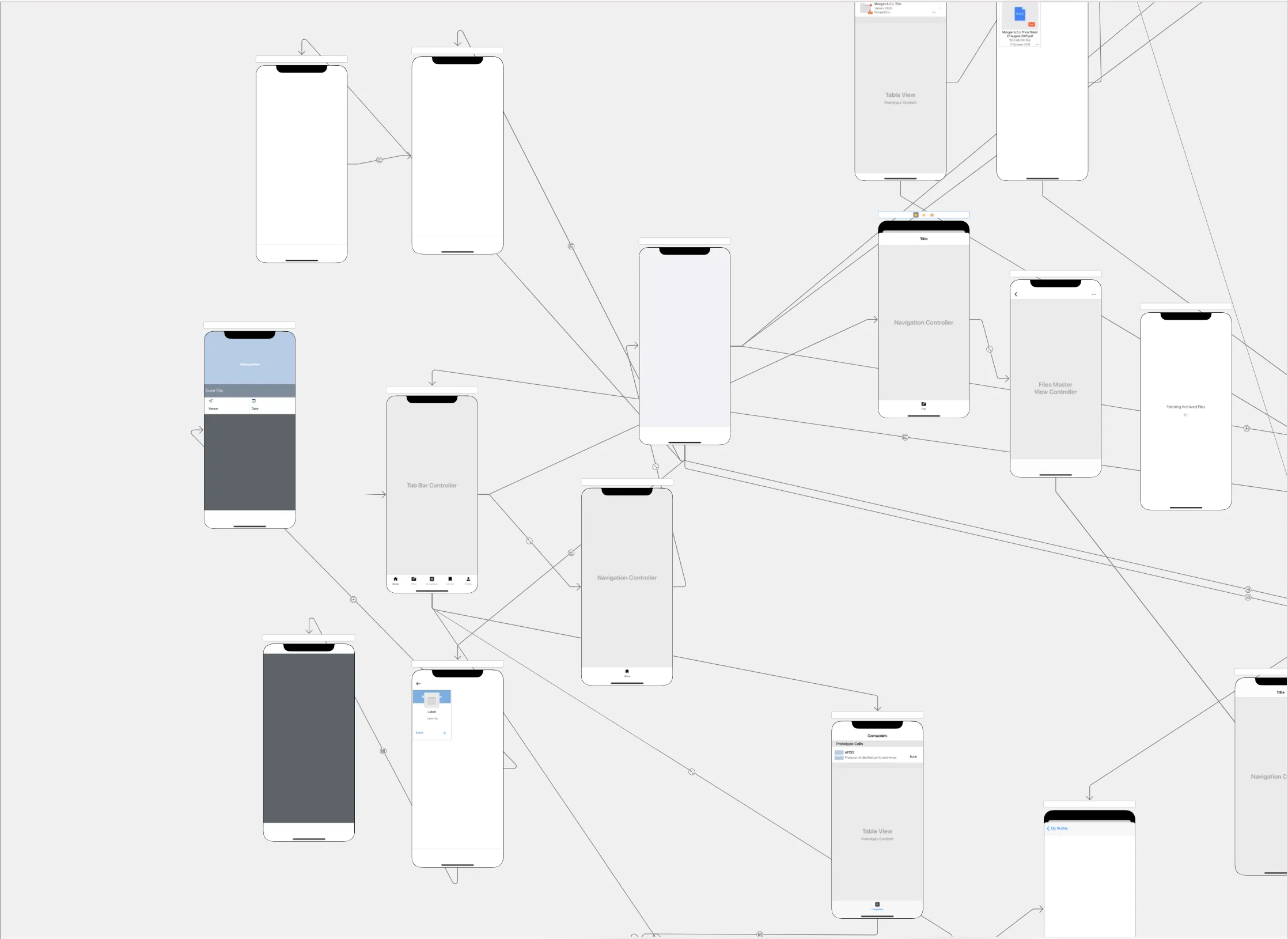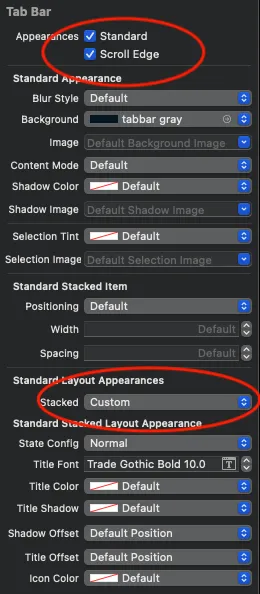我有一个iOS应用程序,自从升级到Xcode 13后,我注意到了一些关于选项卡和导航栏的奇怪更改。在Xcode 13中,选项卡和导航栏上现在有这个黑色区域,并且启动应用程序时,选项卡栏现在是黑色的,导航栏也是黑色的。令人奇怪的是,如果视图具有滚动或表格视图,则向上滚动,底部选项卡栏会恢复其白色颜色,向下滚动,导航栏会恢复其白色颜色。
注意:我已经强制使用iOS 13及以上的浅色主题。
注意:我已经强制使用iOS 13及以上的浅色主题。
if #available(iOS 13.0, *) {
window!.overrideUserInterfaceStyle = .light
}
请问有谁能帮忙或者指点一下我如何处理这个问题呢?
是否有简单的解决方法可以让Storyboard自动调整,还是这种情况下需要手动更改每个视图呢?
升级前Storyboard的示例:
之后:
升级前后的模拟器屏幕(分别):



